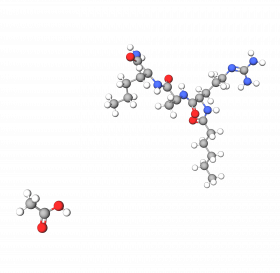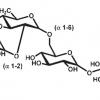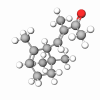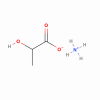Hexanoyl Dipeptide-3 Norleucine Acetate is a synthetic biomimetic tripeptide that boosts the natural desquamation process of the skin. It occupies the binding site of a protein (desmosome) responsible for epidermal cell adherence, acting as a "smart" exfoliating agent.
Cadherins are specialized proteins on cell membranes (transmembrane) that contribute to their adherence with desmosomes (binding or contact site of cadherin). In the outer layer of the skin stratum corneum, they are called corneo-desmosomes. Cadherins are different proteins that bind each other thanks to heterophilic interactions forming links between neighboring corneocytes (keratinocytes without nuclei).
Cadherins have amino acid triplets (EC1 domain) called Cell Adhesion Recognition (CAR) sites on desmosomes. Peptides with similar structures to CAR sites of Cadherins can compete and prevent heterophilic interactions between them decreasing links connecting keratinocytes and speeding up skin desquamation.
Cadherins tandem Desmocollin and Desmoglein have CAR sites corresponding to "RAL" and "YAT" bind each other ensuring the adhesion of corneocytes. Thanks to a special sequence (Arg-Ala-Nle), Hexanoyl Dipeptide-3 Norleucine Acetate mimics the "RAL" triplet (Arg-Ala-Leu) of the Desmocollin and prevents its linking with Desmoglein's "YAT" site (Tyr-Ala-Thr). Leucine in tripeptide is replaced by its unnatural isomer Norleucine (Leu→Nle) to increase hydrophobicity and resistance against proteolytic enzymes in the skin.Conjugation with hexanoic acid on the N-terminus of tripeptide enhances its stability, and lipophilicity for deeper penetration into the stratum corneum, and enables its encapsulation in liposomes for better delivery. Hexanoyl Dipeptide-3 Norleucine Acetate is a stable, effective, and safe ingredient for high-end exfoliators, peeling preparations, and cleansing products.











